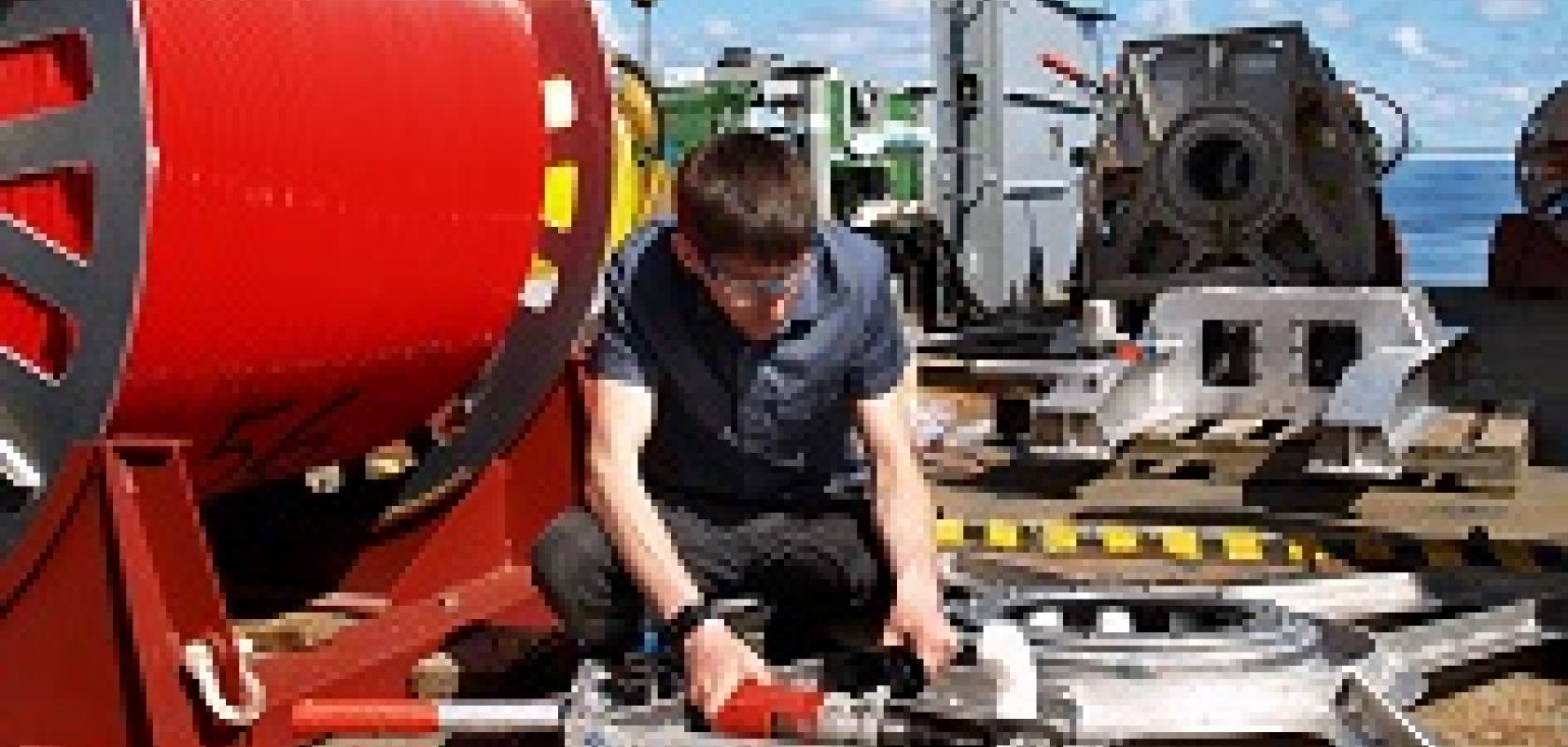Following last year’s work to recover failed fibre optic cables serving the Neptune deep sea research observatory off the west coast of Canada, Global Marine Systems, the UK-headquartered subsea cable specialist, has now completed the challenging installation of the replacement cables.
The operation by Global Marine has reconnected scientific instruments that had been out of action since the node and ‘trawl resistant’ frame was damaged by suspected fishing activity in January 2015.
An initiative of the University of Victoria, Ocean Networks Canada operates extensive monitoring networks and undersea observatories for scientific research. One of these is Neptune, the subsea infrastructure for which comprises an 800km loop of fibre-optic cable connected to various instrumented sites, or nodes (for more on the Neptune Observatory, see Can ocean cables go green?).
Neptune and its sister observatory Venus (which Global Marine also helped install) are included in the NAZ (North America Zone) cable maintenance agreement. However, although the cables to the nodes are covered by the agreement, cables from the nodes to the scientific instruments are not.
Global Marine was selected to undertake this additional maintenance contract for a variety of reasons, not least because the company maintains nearly 380,000km of globally installed fibre-optic cable – about 35 per cent of the world’s total.
Although the cable recovery work for Neptune completed in October 2015 proved relatively straightforward, the installation of new fibre-optic cables provided a far greater engineering challenge, in part because the mechanical subsea structures weigh circa 1.8 tonnes each.
‘Four cables were installed in total with a pre-jointed mudmat on each end,’ explained Paul Stalley, assistant maintenance agreement manager at Global Marine. ‘This took place in extreme seabed conditions and demanded a high level of accuracy with regard to mudmat positioning.’
Successful deployment and positioning required careful monitoring of the subsea plant by Global Marine’s dedicated cable laying vessel in the region, Wave Venture, in combination with touchdown monitoring provided by the Nautilus remote operated vehicle, Hercules. Thanks to a high level of pre-project engineering capability and solution design, Wave Venture required only passage to install four cables – thus creating savings for the customer.
Along with the Neptune cable installations, Global Marine also completed the Barkley Canyon Node reinstatement project for Ocean Networks Canada as part of the NAZ contract. This work saw the Barkley Canyon spur cable recovered with the assistance of Hercules, before Global Marine experts jointed it to the 75m tail of the Barkley Canyon node.


